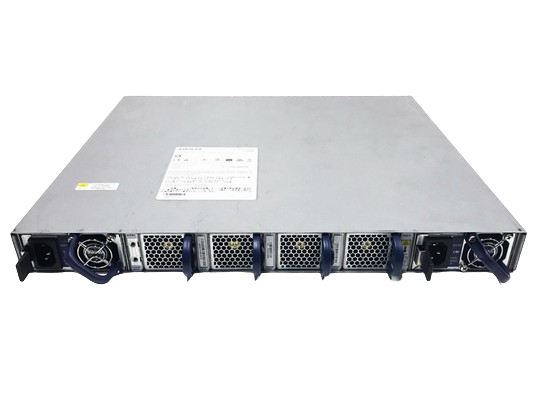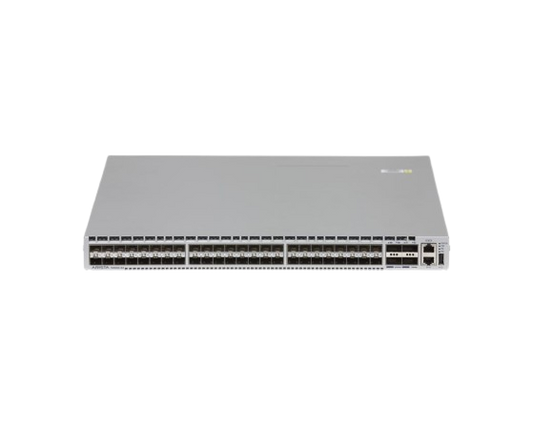Layer 2 and 3 switching of up to 2.5 terabits per second (Tbps) and up to 1.4 billion packets per second (bpps) is provided in a compact 1RU form-factor switch. Virtual PortChannel (vPC) technology provides Layer 2 multipathing through the elimination of Spanning Tree Protocol and enables fully utilized bisectional bandwidth and simplified Layer 2 logical topologies without the need to change the existing management and deployment models. The 64-way equal-cost multipath (ECMP) routing enables the use of Layer 3 fat-tree designs and allows organizations to prevent network bottlenecks, increase resiliency, and add capacity with little network disruption. The switches offer fast reboot capabilities. Power-supply units (PSUs) and fans are hot swappable. The QSFP port can be configured to work as four 10-Gbps ports, offering deployment flexibility, up to a maximum of 104 10-Gbps ports.
Layer 2 and 3 switching of up to 2.5 terabits per second (Tbps) and up to 1.4 billion packets per second (bpps) is provided in a compact 1RU form-factor switch. Virtual PortChannel (vPC) technology provides Layer 2 multipathing through the elimination of Spanning Tree Protocol and enables fully utilized bisectional bandwidth and simplified Layer 2 logical topologies without the need to change the existing management and deployment models. The 64-way equal-cost multipath (ECMP) routing enables the use of Layer 3 fat-tree designs and allows organizations to prevent network bottlenecks, increase resiliency, and add capacity with little network disruption. The switches offer fast reboot capabilities. Power-supply units (PSUs) and fans are hot swappable. The QSFP port can be configured to work as four 10-Gbps ports, offering deployment flexibility, up to a maximum of 104 10-Gbps ports.

















